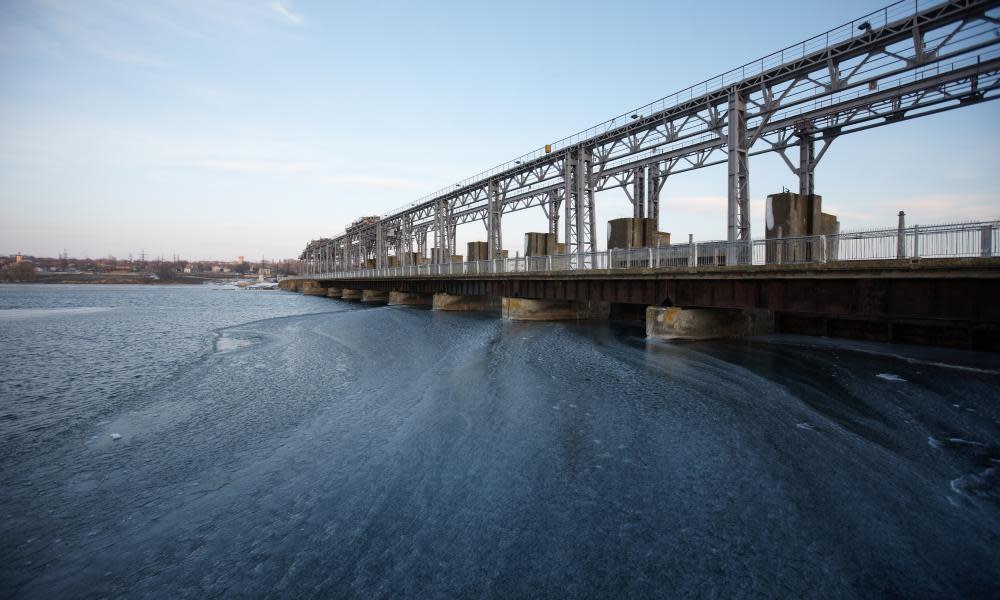Arena to give EnergyAustralia grant to investigate pumped hydro storage project

The Australian Renewable Energy Agency (Arena) has approved a $450,000 grant to EnergyAustralia to investigate a pumped hydro energy storage project off South Australia as the state’s energy mix continues to cause a political storm.
The grant will cover a feasibility study into a Spencer Gulf project that the company says has a capacity to produce about 100 megawatts (MW) of electricity with six-to-eight hours of storage.
EnergyAustralia says the storage is the equivalent of installing 60,000 home battery storage systems at one third of the cost.
In a statement, Turnbull described pumped hydro energy storage as a “mature and cost-effective storage technology” that could address the need for security and stability in the electricity grid.
As federal cabinet met in Sydney on Tuesday, EnergyAustralia’s managing director, Catherine Tanna, briefed the cabinet’s energy committee on the project and other options to stabilise the system.
The decision comes after Turnbull wrote to Arena and the Clean Energy Finance Corporation to direct the two agencies to prioritise pumped hydro and storage before his first major speech this year.
It follows a $54m grant from the Clean Energy Finance Corporation last week for a solar development at Genex Power’s Kidston renewable energy hub, 270km north-west of Townsville.
Energy policy continues to provide the flashpoint for federal politics, as South Australia suffers from blackouts. The Coalition has used the blackouts to blame the state Labor governments renewable energy targets and the intermittent nature of wind power.
On Monday, a Senate committee heard that SA Power Networks knew a software glitch caused an additional 60,000 houses in South Australia to be out of power during load shedding this month. However, the state’s network operator stayed quiet for a week and a half while the Turnbull government continued to criticise the South Australian government’s use of renewables.
Labor’s shadow energy and environment spokesman, Mark Butler, said the good work being done by Arena was a result of Labor’s legacy, given the Coalition had tried and failed to abolish it and the Clean Energy Finance Corporation.
“Only a few months ago the government again tried to abolish Arena,” Butler said. “They have no plan. The good work being done is thanks to Labor’s legacy and is happening in spite of, not because of, the government. The industry will continue to take advantage of the latest technologies, like storage, pumped hydro and community renewables.”
Pumped hydro storage works by pumping from a lower reservoir into a higher reservoir when energy is cheap and then dropping the water downhill through a turbine to create electricity when energy is expensive and in high demand.
EnergyAustralia confirmed that, if the Spencer Gulf project goes ahead, a two-year construction would see the power provided to the grid by 2020/21.
The project has developed from an assessment by the Melbourne Energy Institute and engineering and design firm Arup into the adoption of pumped hydro technology using seawater for Australia’s dry conditions. If it goes ahead, it would be the largest seawater pumped hydro project in the world. There is currently only one other plant using seawater for pumped hydro storage.

 Yahoo News
Yahoo News 
